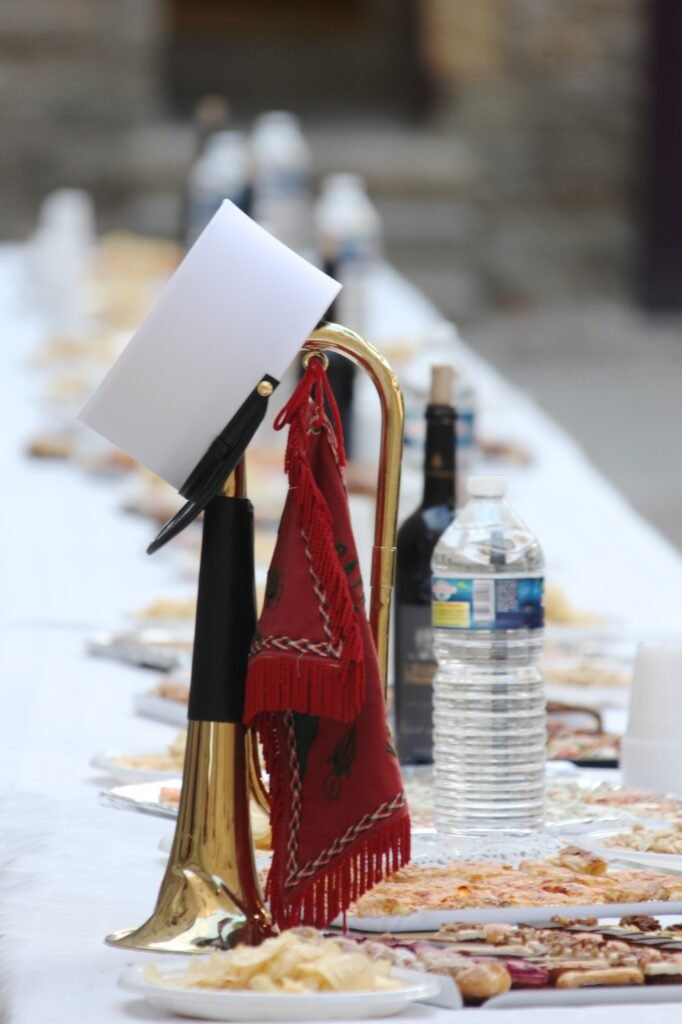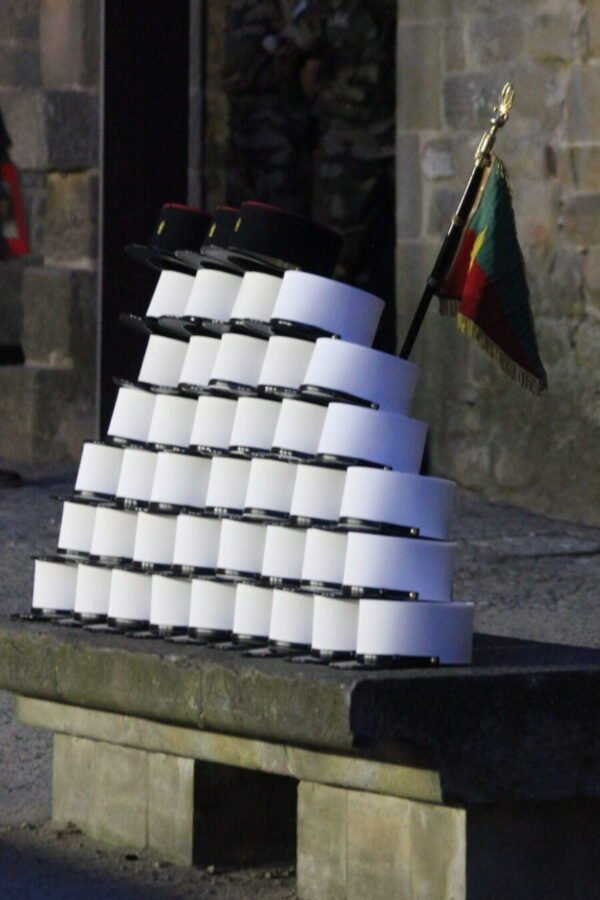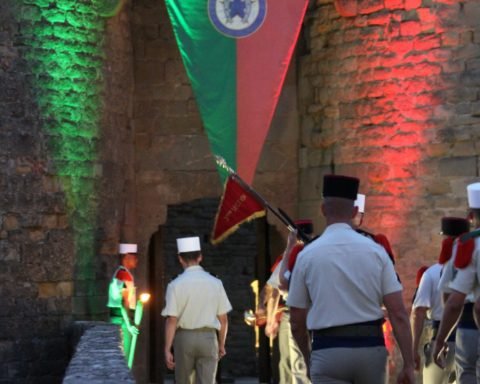The white kepi – The famous French Foreign Legion hat
The hat, called kepi in French, sometimes supplemented with a neck guard, was occasionally worn by the troops participating in the conquest of Algeria. Due to the unsuitability of the headgear at the time, the neck guard was intended to protect personnel from the harsh climate and the heat of the sun.
By 1907 the Kepi was made from khaki material and was then generally worn by all the troops involved in the conquest and pacification of Morocco.
Controversy between the command and the Legion
But in the French Foreign Legion, under the dual effects of the sun and repeated washing, it quickly took on an immaculate appearance that became the distinctive sign and object of pride for older troops.
Get ready for the
French Foreign Legion
IQ tests,
Training
plans,
french
Vocabulary
and more.
Download Legion Training for free!
Legionnaires, who made it a matter of honor, sometimes had to be forced to return it to its original color. The wearing of the white cap during operations even led to a controversy between the command and the French Foreign Legion.
The introduction of a white discharge uniform for African troops subsequently led to the adoption of the white cap. Until 1939, at least in Morocco, the Legion wore the “white kepi” in summer and the regulation kepi in winter (blue band, red base color).
On 14 July 1939, the Legion marched on the Champs Elysées in Paris in summer gear, and therefore in white kepi. This was the first official recognition before the public of the new French Foreign Legion hat.
The practice of wearing a white kepi, in winter as well as in summer, became more widespread between 1943 and 1945, particularly in the R.M.L.E. and the 1st R.E.C. and it was in white kepi that the 13th D.B.L.E. marched in Paris on 18 June 1945.

The Képi Blanc magazine
On 30 April 1947, the “Képi Blanc” newspaper was launched in Sidi-Bel-Abbès (“It caps the Legion” wrote Captain Gheysens, founder and first editor of the newspaper).
In 1959, the first “fancy” white kepi were put on sale in the central foyer – a small military shop – in Sidi-Bel-Abbès. It was not until 1964 that the authorities issued the first regulation white kepi, without a neck guard. Today, “white kepi” has become synonymous with legionnaires across the world. A squadron of the United States Naval Aviation has even chosen it as an insignia, a symbol of the highest military virtues.
Nowadays
White kepis were originally worn by legionnaires on their first guard duty. Today, young volunteers are allowed to wear the white kepi from the moment they complete a 4 weeks long training. It is solemnly presented to them during a special ceremony.
Non-commissioned members of the armed forces wear the white kepi in their everyday life. Former officers, non-commissioned officers and master corporals (or master brigadiers) wear the “black kepi”.
The term – kepi – is now world famous and has become synonymous with “legionnaire”.
To this symbol can be added the “green and red” epaulettes, the green tie and the blue belt.








Yay Aaron has returned! Hope all is well